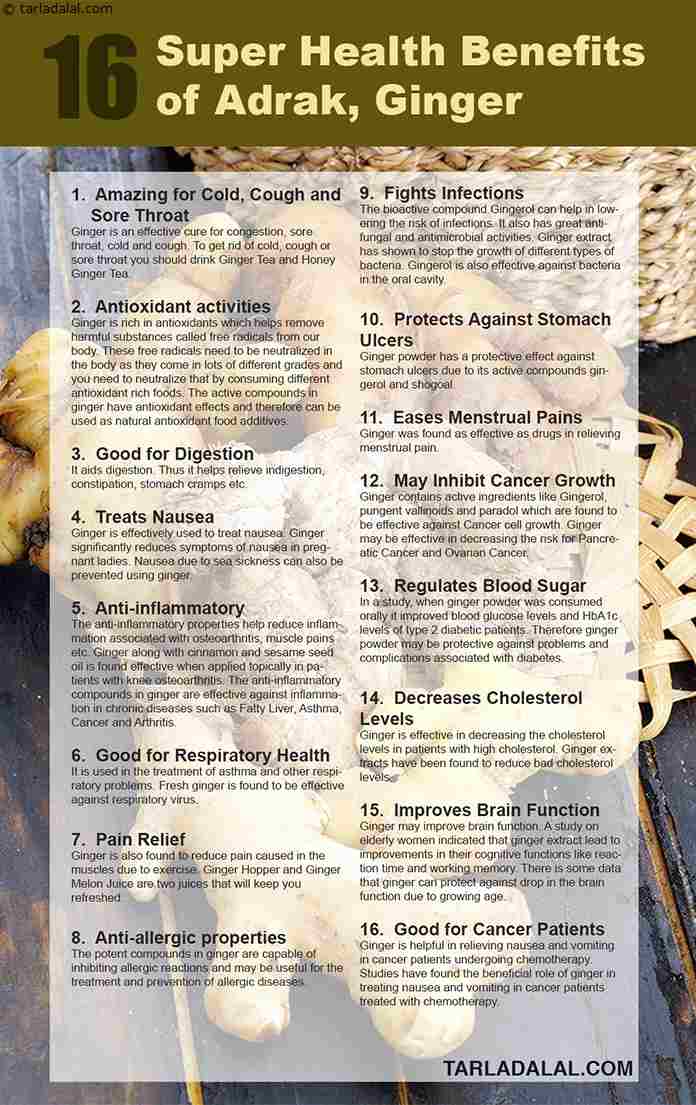
It is possible to eat all types of food and still be healthy. Some of these foods are, however, not very healthy. Some of them contain artificial sweeteners, which you may not want to include in your diet. You have many options to choose from that are safe for your body and good for your health. There are actually a few foods you can eat that are good for you and not so good.
There are many "healthy" foods that you may have heard about, such as yogurt, granola and kale chips. Although these items sound wonderful, they are not all created equally. While some of these products may be great for your diet, others are actually harmful. These types of food may contain small amounts of vitamins and helpful herbs, but they are high in sugar and fat.
These products have misleading labels. Although they look good, these products can be harmful to your health. You may not be able to pronounce some of these ingredients and additives. Others have hydrogenated oils, trans fats and artificial colors. It is possible to swap out everyday grocery items for healthier options. You can lose weight by substituting these food items with healthier ones.
You might have noticed that many "healthy", grocery-store foods contain more sugar. Danon Strawberry Fruit on The Bottom yogurt is an example. It has 15 grams sugar per serving. Certain yogurts with candy toppings, or products that are "flip-style", have higher sugar levels than plain yogurt. You can choose unsweetened yogurt, plain yogurt, or yogurt with fresh fruit. Many people believe that the more protein in a food, the better it is. However, protein can be found naturally in many foods including fish, eggs and beans. Protein bars also have this same effect.
Many health foods, contrary to popular belief are not good for you. You should avoid eating processed meats and eating deli-style fast food. Avoid eating deli-style sandwiches or turkey. These foods are not good for you. Deli-style turkeys, for example, are high in sodium and artificial flavor. Low-fat dairy products also contain fillers that can be harmful to your health.

Frosted yogurt isn't a good idea for your overall health. However, frozen yogurt can be enjoyed from time to time. Be sure to read the labels, and stick to smaller portions. Another snack option that is good for you is yogurt-covered pretzels. These snacks can often be found at health food stores. These snacks have similar sugar and fat contents to chocolate covered pretzels.
Processed foods are less healthy than organic and natural foods. Organic food can be bought without pesticides. Many organic foods contain the same ingredients as regular products, including sugar. While they may be healthier, these products still contain some calories and fat. Some food labels will state that they're good for you, but you should still pay attention to the labels to be sure they're healthy.
Energy bars are more sugary and calorie-dense than candy bars. A bar with 100 to 200 calories is a good choice. A good bar with less sugar and more fiber is one with a low glycemic index and four grams of protein. Energy bars are a great way to reap all these health benefits. However, they are not the best for your health. There are many options for healthy energy bars, both online and in local health food shops.

There are many healthy foods that are bad for you, but some people don't know this. Yogurt, no matter how it is made, contains high levels of sugar and fat. Yogurt is an excellent choice. Probiotics are found in yogurt, which helps with digestion, and is not like chicken. Moreover, it can be high in protein, making it a great food for your body. It is also a healthier choice than a chicken Parm Sandwich.
FAQ
What is the best way to store leftovers?
Tupperware containers can be used to store leftovers. These containers keep food fresh and prevent odors forming. They also keep foods warm longer. Remaining food can be frozen in freezer bag. When freezing food, place the bag inside another freezer bag so that air doesn't escape. Once food has been frozen properly, seal it with a ziplock bag.
What is the average time it takes to become a chef? What is the average career track?
The average time it takes to become a chef is five years. You will learn basic cooking techniques, and get experience as a chef assistant. When you finish your training, you can apply for positions as a line cook, sous chef, or executive chef. The annual average salary of a chef is $25,000-$60,000.
Do I require any special equipment?
To learn to cook, you don’t need to have any special equipment. However, the right tools can make it easier to cook. You could, for example, use a spoon to make pasta or a whisk to whip the egg whites into stiff peaks. The right tools make cooking easier and faster.
How to be a Chef
There are many options for becoming a chef. You can begin by taking a course at a community college or vocational school. Then, look into attending culinary school. You can also apply for a paid internship.
How can I get hired for my job as a cook
You can get a job as a cook through word of mouth. Your friends and family members might know of a restaurant that needs additional staff. A lot of restaurants also advertise their openings on bulletin boards or websites.
What Are the Requirements To Be a Chef?
A bachelor's degree is required to become a chef. In addition, you need to pass a series of tests administered by the ACF. A certificate will verify your qualifications once you have met all of these requirements.
Statistics
- In the United States, the category is estimated at $23.2 billion annually and is growing faster than the market. (washingtonpost.com)
- You'll be amazed that over 90% of CIA students receive scholarships and grants to finish their culinary studies. (ischoolconnect.com)
- The median pay for a chef or head cook is $53,380 per year or $25.66/hour, according to the U.S. Bureau of Labor Statistics (BLS). (learnhowtobecome.org)
External Links
How To
How to make a perfect eggroll
Omelets are a favorite breakfast food of mine. How do you make them perfect? There are many recipes and methods I tried, but none worked. So I am sharing some tips and tricks today to help you make fluffy, delicious omelets every morning.
When making omelets, it is important to be aware that eggs can be temperamental. They must be fresh, preferably from the organic market, and be kept cold until cooking. If they are not kept cold enough, the whites won’t form properly. The yolks will also break down too quickly and become runny. This can make your omelets look bizarrely colored. If you want to make omelets right away, it's best not to use eggs that are too cold.
You can also separate the egg before you add it to the pan. You don't want any white to get mixed up with the yolk because this could cause the omelet to curdle.
You might burn the bottom of the egg if you place the egg directly on the stovetop. This could ruin the texture of your omelet. Instead, microwave the egg for 10 seconds before adding it to the pan. The microwave heat cooks the eggs just right without overcooking them.
Next, let us talk about how to mix the eggs. When you mix eggs together, you want to beat them well. Turn the bowl upside down and grab the whisk to do this. Then, vigorously shake the bowl. By doing this, the egg is thoroughly mixed with the air in the bowl.
Now comes the fun part - pouring the milk into the mixture. Fold the eggs in the milk mixture by first pouring half of it into the egg whites. If you still see streaks of eggs, don't worry. These streaks will disappear once the omelet has been turned over.
After you have folded the eggs, heat the oil in a pan over medium heat. Once the oil has started to sizzle, turn the heat down to low. When the oil is hot enough, add 1/4 cup butter to the pan. Stir it around until the butter covers the entire pan. Carefully open the pan's lid and add salt to the pan. An additional pinch of salt will prevent the omelet form sticking to your pan.
Once the omelet has formed, cover the pan again and wait for the top side to set completely. Flip the omelet upside down or with a spatula. Cook the other half for another minute. Remove the omelet from the pan and serve immediately.
This recipe works best with whole milk, but skimmed milk also works.